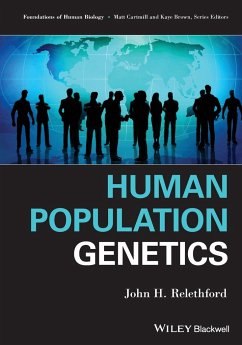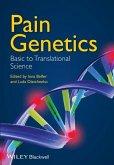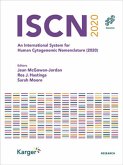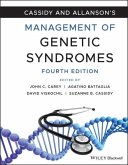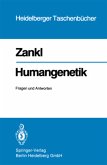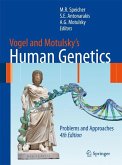Human Population Genetics will provide an introduction to mathematical population genetics, along with relevant examples from human (and some non-human primate) populations, and will also present concepts and methods of population genetics that are specific to the study of human populations. The purpose of this book is to provide a basic background text for advanced undergraduate and graduate students interesting in the mechanisms of human microevolution.
Introductory guide to human population genetics and microevolutionary theory
Providing an introduction to mathematical population genetics, Human Population Genetics gives basic background on the mechanisms of human microevolution. This text combines mathematics, biology, and anthropology and is best suited for advanced undergraduate and graduate study.
Thorough and accessible, Human Population Genetics presents concepts and methods of population genetics specific to human population study, utilizing uncomplicated mathematics like high school algebra and basic concepts of probability to explain theories central to the field. By describing changes in the frequency of genetic variants from one generation to the next, this book hones in on the mathematical basis of evolutionary theory.
Human Population Genetics includes:
Helpful formulae for learning ease
Graphs and analogies that make basic points and relate the evolutionary process to mathematical ideas
Glossary terms marked in boldface within the book the first time they appear
In-text citations that act as reference points for further research
Exemplary case studies
Topics such as Hardy-Weinberg equilibrium, inbreeding, mutation, genetic drift, natural selection, and gene flow
Human Population Genetics solidifies knowledge learned in introductory biological anthropology or biology courses and makes it applicable to genetic study.
NOTE: errata for the first edition can be found at the author's website: http://employees.oneonta.edu/relethjh/HPG/errata.pdf
Introductory guide to human population genetics and microevolutionary theory
Providing an introduction to mathematical population genetics, Human Population Genetics gives basic background on the mechanisms of human microevolution. This text combines mathematics, biology, and anthropology and is best suited for advanced undergraduate and graduate study.
Thorough and accessible, Human Population Genetics presents concepts and methods of population genetics specific to human population study, utilizing uncomplicated mathematics like high school algebra and basic concepts of probability to explain theories central to the field. By describing changes in the frequency of genetic variants from one generation to the next, this book hones in on the mathematical basis of evolutionary theory.
Human Population Genetics includes:
Helpful formulae for learning ease
Graphs and analogies that make basic points and relate the evolutionary process to mathematical ideas
Glossary terms marked in boldface within the book the first time they appear
In-text citations that act as reference points for further research
Exemplary case studies
Topics such as Hardy-Weinberg equilibrium, inbreeding, mutation, genetic drift, natural selection, and gene flow
Human Population Genetics solidifies knowledge learned in introductory biological anthropology or biology courses and makes it applicable to genetic study.
NOTE: errata for the first edition can be found at the author's website: http://employees.oneonta.edu/relethjh/HPG/errata.pdf

